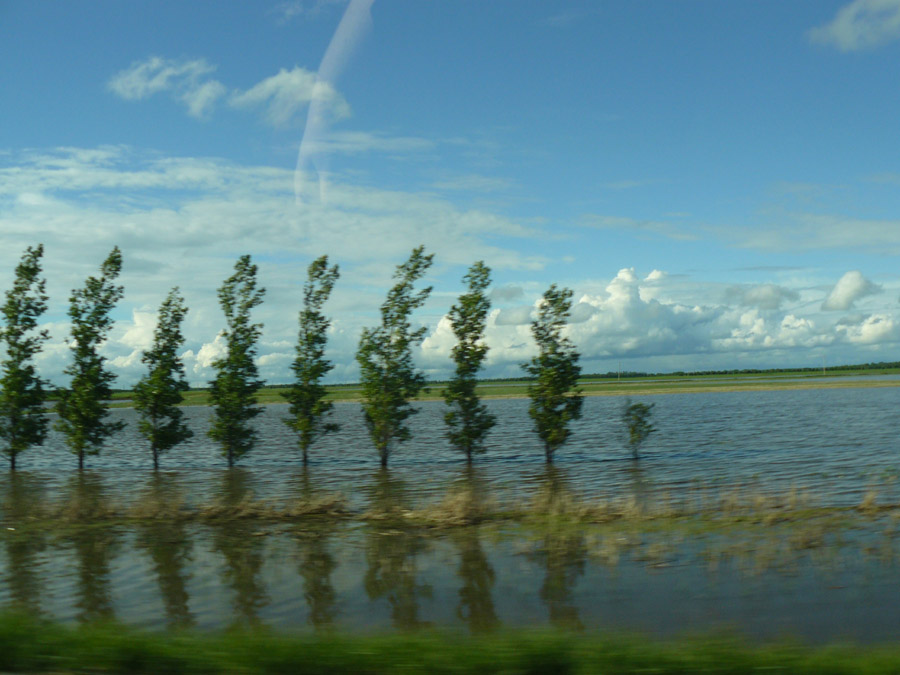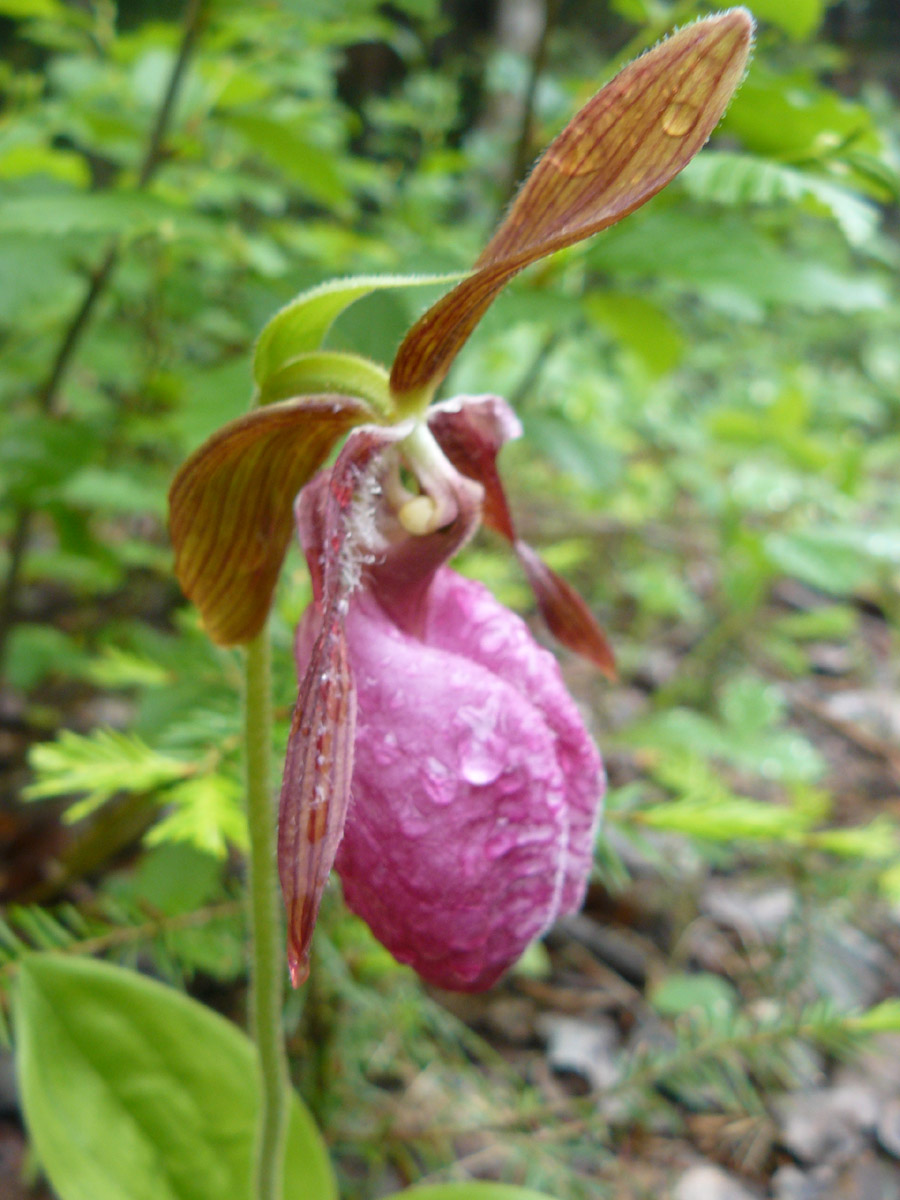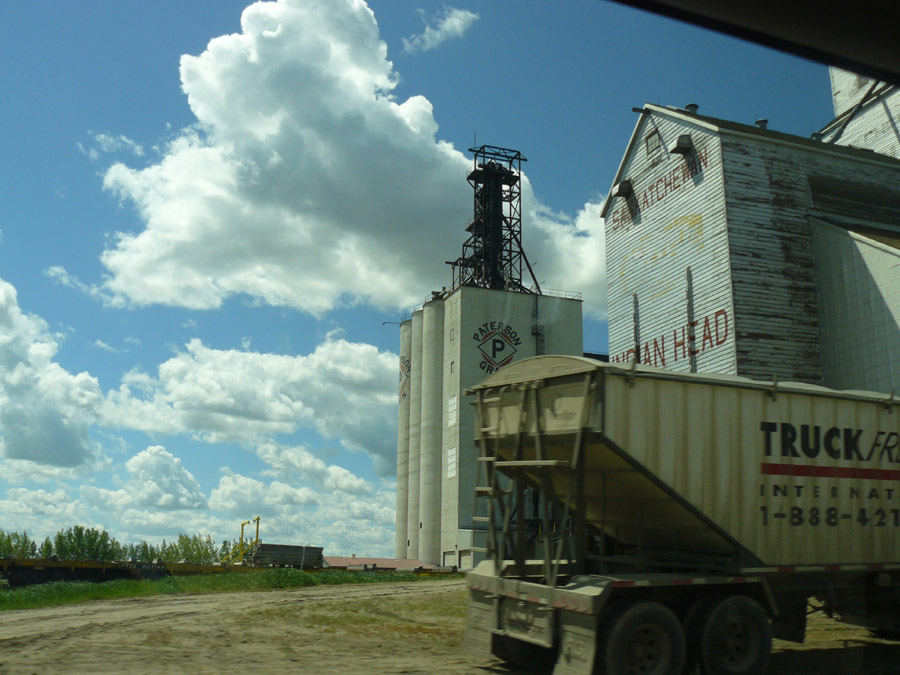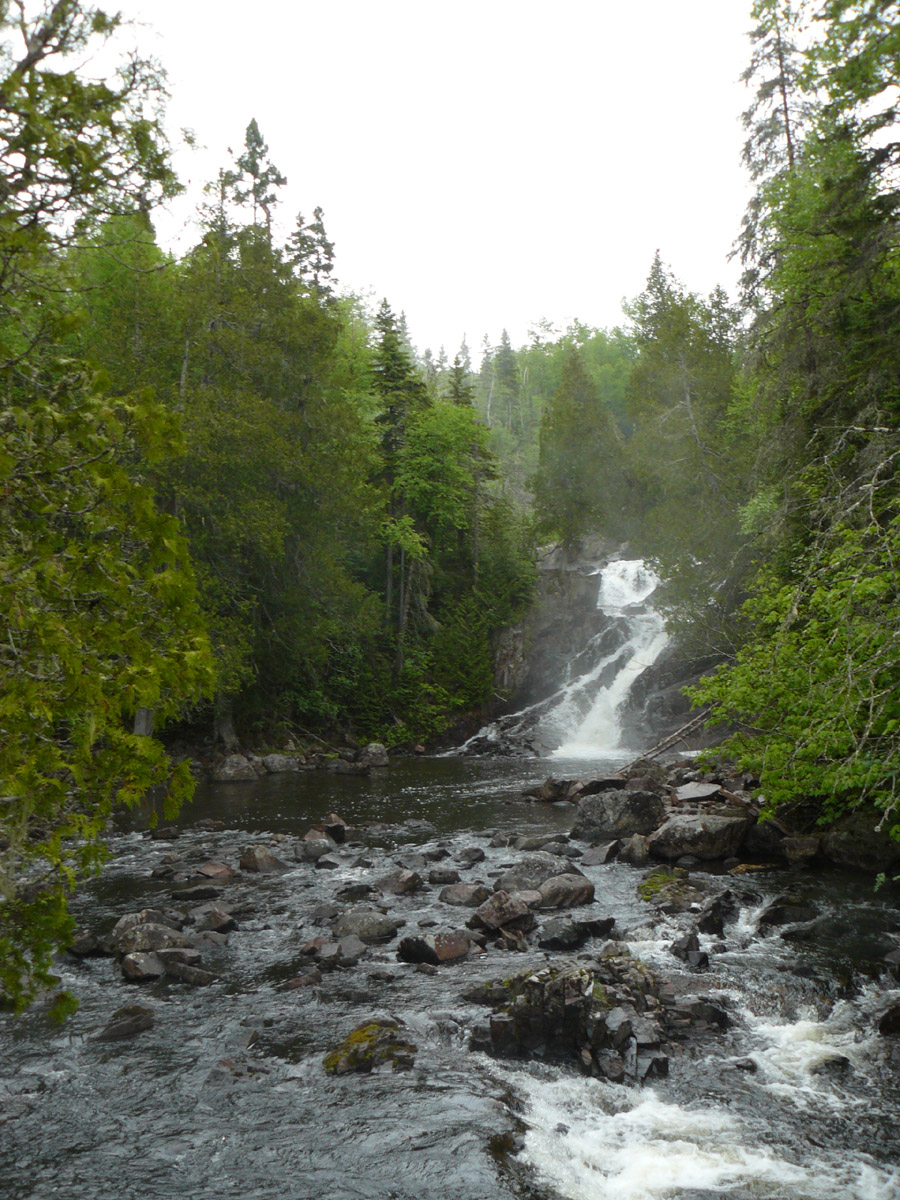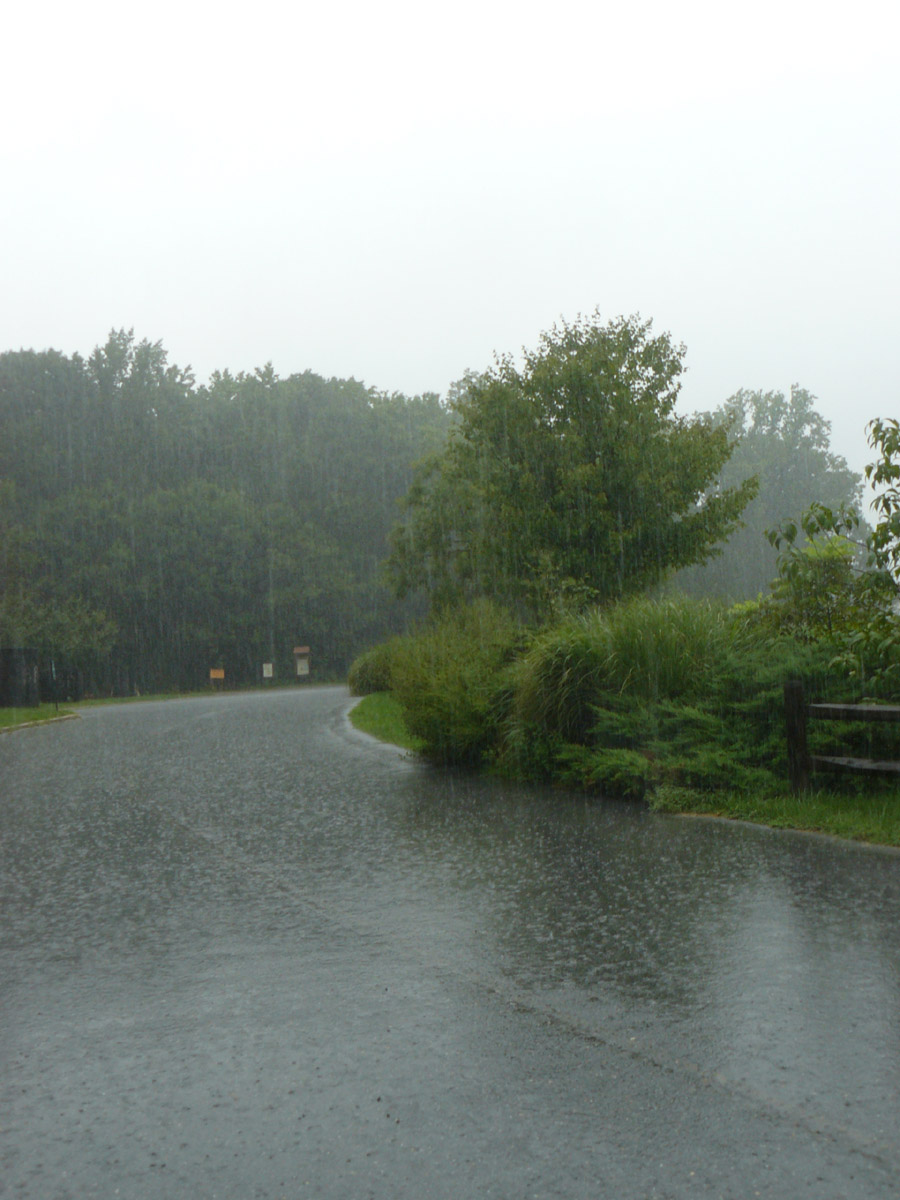 Location Taken: Savage Park, Savage, Maryland
Location Taken: Savage Park, Savage, Maryland
Time Taken: August 2010
I love walking in the rain.
I know, most people would consider walking in a downpour to be a bad idea, second only to walking in a blizzard. The streets get empty of people and even cars when it pours. But there I will be, stepping out of the house, umbrella in hand.
I love the sound of rain. I love how it looks, how it smells, and how it flows. I lived on the 17th floor of a building in Chicago for a few months, and I couldn’t hear the rain there. I suspect that was one of the reasons I went a wee bit crazy at the end of my months in Chicago (more on this later). Just the sound of rain refreshes me, even in video games (though since I can’t smell it through a screen, the effect is lessened).
I tend to open my windows when it rains and close them when it stops raining.
I actually lost a plant because of that tendency, once. In college, I kept small suculent plants right next to my window, since that was the only place in the room to get decent light (I put sheets over my windows to block out light). And I’d opened the window before I headed to class because there was a nice storm wind and the taste of rain in the air. And the storm that was blowing in when I returned from class was indeed magnificent, with clouds moving low and quick. I barely made it back to the dorm before the heavens opened up. And then, I was directed to the basement because we were under a tornado warning. I didn’t even think of the fact that my window was open. And there was a tornado with this storm, only 10 miles or so north of us. When I got back to my dorm room, well, thanks to the high winds and rain, some water had gotten in, and my aloe plant was tipped over and had lost half its dirt. The water was easy to clean up, but the aloe never recovered from its ordeal. Well, that and it wasn’t too long after that that spring break happened, and I couldn’t water it for two weeks.
We occasionally get strong storms here in Maryland. And long lasting ones, too. The fronts come over the Appalachians, hit the moisture from the Atlantic, and go nuts. What was a quick (if heavy) storm in Ohio becomes an all day downpour in Maryland. A lot of front lines miss us, though, heading further north or south and leaving us dry. And we’ll also get a lot of all day drizzles instead of downpours. But when the heavens open, they open. We actually get more inches of rain than Seattle per year. They may have more days of rain, but the clouds just spit on them. Here, you get waterfalls from the sky every so often. Which are the best storms to go walking in.

